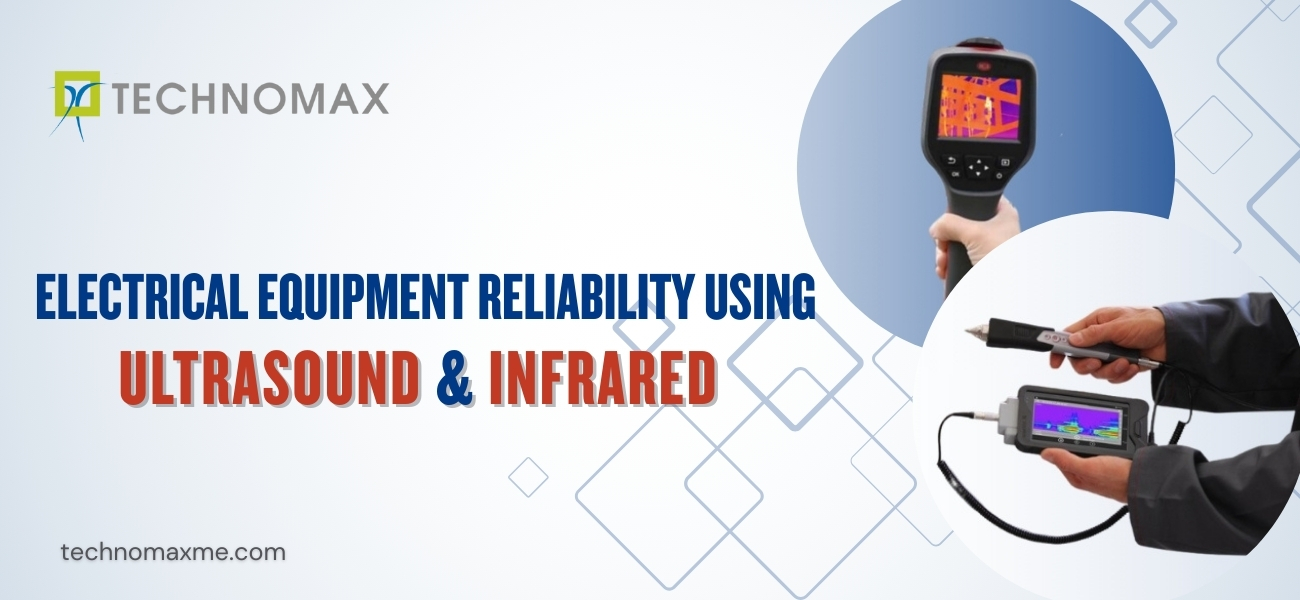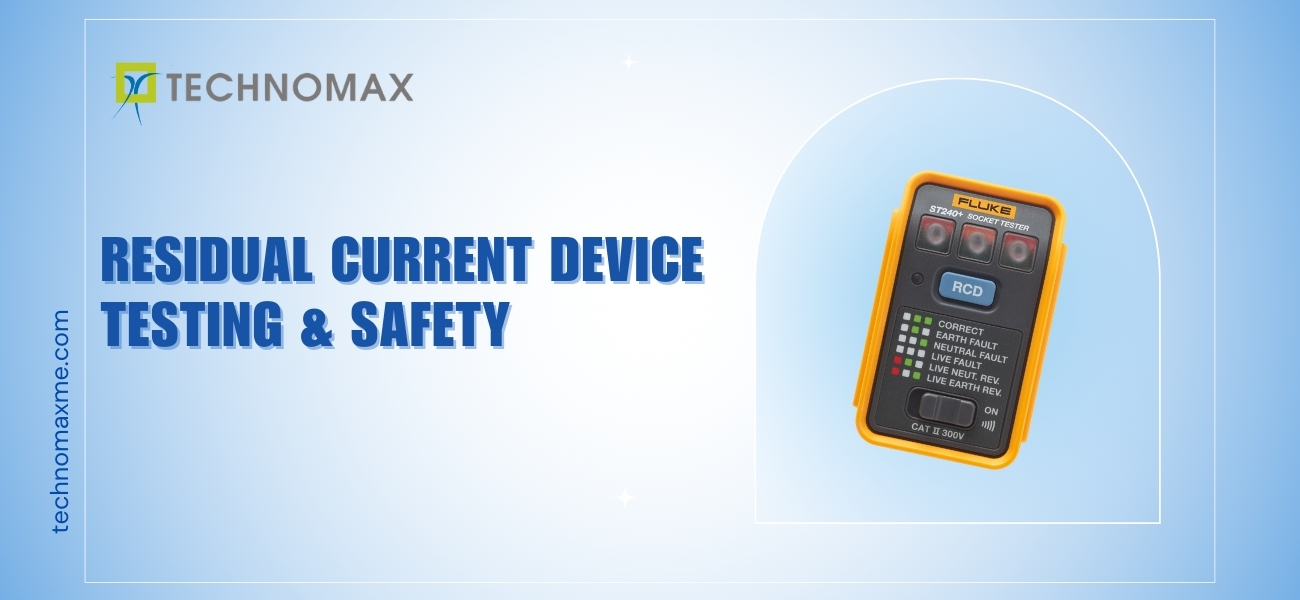
As we all know about various study courses and subjects, one of the important subjects is operational management, which has a pragmatic approach. Operational management tells us how to manage, operate, and control technology. The operational manager plays a vital role in this study and practical applications. Here we are going to discuss one other important device used in many operations which is CRANE. A crane is a device used for lifting and lowering a load and moving it from one place to another. It is used to carry heavy loads with the help of levers and pulleys, which is impossible manually. Read more about crane operation safety.
Crane Operation Safety Tips
Crane Operation Safety is managed and regulated by OSHA (Occupational Safety and Health Administration) in 29 Code of Federal Regulations (CFR) When the question comes to the safe operating technique of cranes that are used in the manufacturing process, construction projects, or in heavy loadings of components at a shipyard or elsewhere; we must keep in mind the ways the lifting techniques and safety training aids to use the cranes.
What Should Be Done Before Operating A Crane?
First, check the stability level at the ground, and visually inspect the crane before its use. Ensure the removal of all loose material like parts, blocking, and packing material from the loads before lifting. Remove the slack from the hoisting ropes.
Also Read:
- Crane Rail Installation – Standards and Procedures
- Hoists Repairs And Refurbishment In UAE
- 7 Different Types of Industrial Cranes
What should we do for increasing crane operation safety?
- Installation of the camera
These are termed HoistCam cameras on the cranes, which increase safety. The camera must be placed on the cranes so that the handling person can watch and manage the lifting properly. It reduces time and cost by avoiding accidents and mishaps. The camera on cranes can provide a proper view of the load, below the load, and the entire job site. It is beneficial to all construction projects, job sites, roofing jobs, etc.
2. Proper training and safety measures
Thousands of accidents and injuries are experienced at the job site while lifting and loading while working near or with cranes, hoists, and other such equipment. To prevent accidents and mishappenings, all personnel and management must follow all factory and establishments' rules, regulations, and legal provisions.
3. Warning signals
Do utmost care on the warning signals to avoid critical issues and tragedies. One must keep alert and pay attention to the warning signals always, never walk or stand under a load or where machinery is rotating or in motion. Try to train others about the importance of warning signals and approaching overhead loads. Keep in mind not to distract others' focus when the warning signal is blown for some reason. Always follow the warning signal, especially in critical and sensitive areas.
4. Checking of operational components
Checking and monitoring the crane components and parts are very important before using it or lifting loads. Never permit any unauthorized or untrained person to use cranes. Check all brakes and control because prevention is better than cure. Ensure that no one moves on the ropes or hooks of the lifts. Keep in mind proper and timely oiling and greasing of the equipment to have more easy movements. Always prepare a checklist of the crane and its parts; each component must be checked and monitored minutely.
5. Physical inspection
The practice of physical inspection gives you surety of work and removes the tension that arises at the last minute of operations. Always conduct a physical review of the equipment, machinery, or components. Conduct the physical examination and survey of the site and unseen hazards that may arise. Keep in mind the surety of the stability level of the equipment, machinery, or component. Operators must check the rigging along with the proper placement of safety devices in the right place.
Other Crane Operation Safety Tips
- Human wealth is always more vital than materialistic losses, so keep surety about personnel's proper distance from the equipment, machinery, or component, and the loading perimeters.
- Make double surety of the capacity of cranes to load the weight.
- Ensure the follow-up of standards maintained for all types of loads and lifts and notice the deviations.
- When performing lifts, keep loads as low to the ground level being lifted as possible.
- Ensure of getting proper operational and safety techniques to handle the cranes.
- Training must be certified training, which your personnel will receive from time to time.
Few examples of cranes:
- Carry Deck Crane
- Crawler Crane
- Floating Crane
- Rough Terrain Crane
- Truck-mounted Crane, etc
Conclusion: Threats can be avoided if managers, supervisors, and other operators follow each instruction and training module. Following instructions for crane operation safety will give surety and safety of life and property. Remember each point, whether it is related to warning signals or watching the camera on the site.
Learn More About Our Services


Get Started Now!
It takes less than a minute of your time. Or you may simply call +971 2 555 1 783






